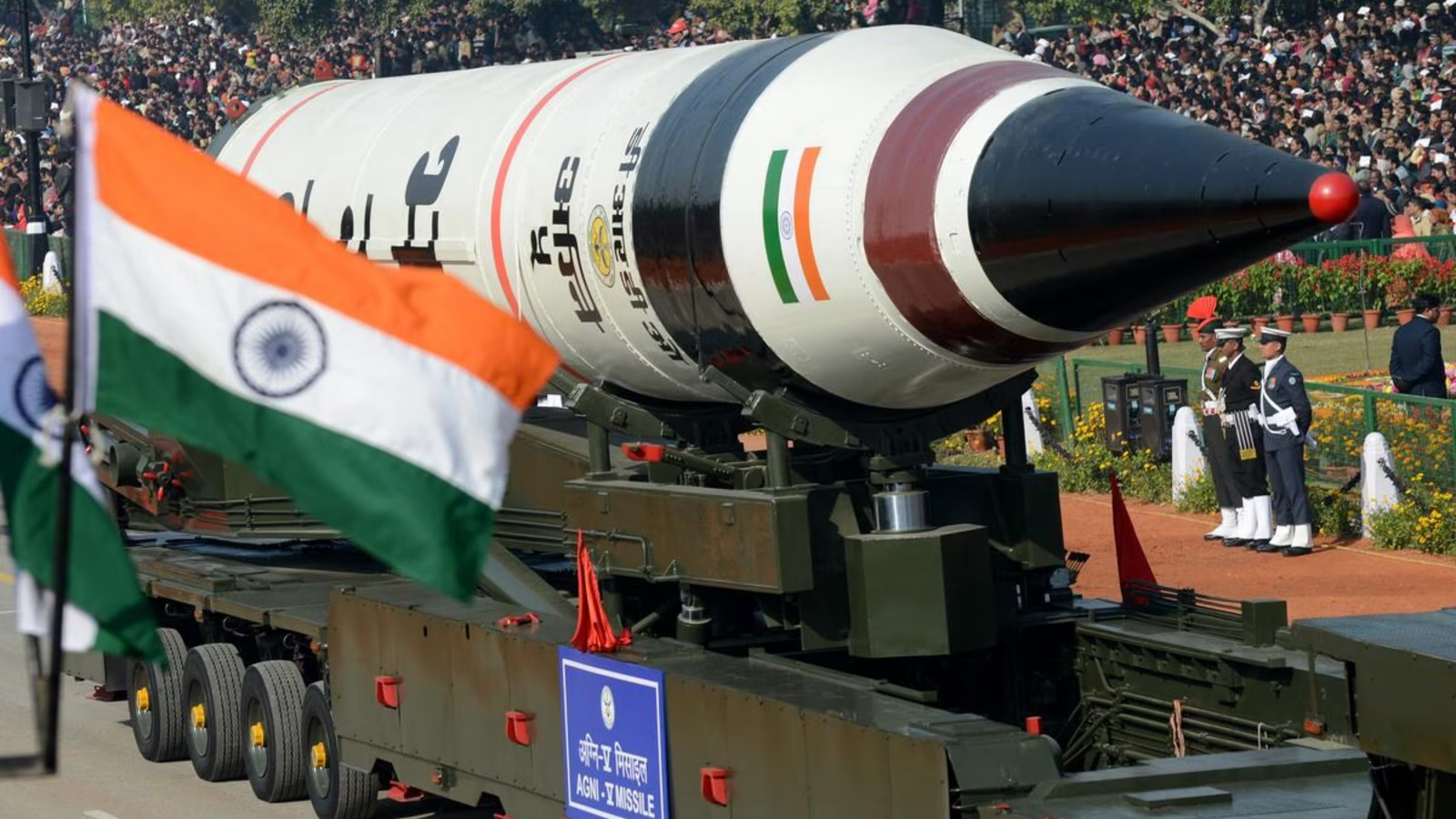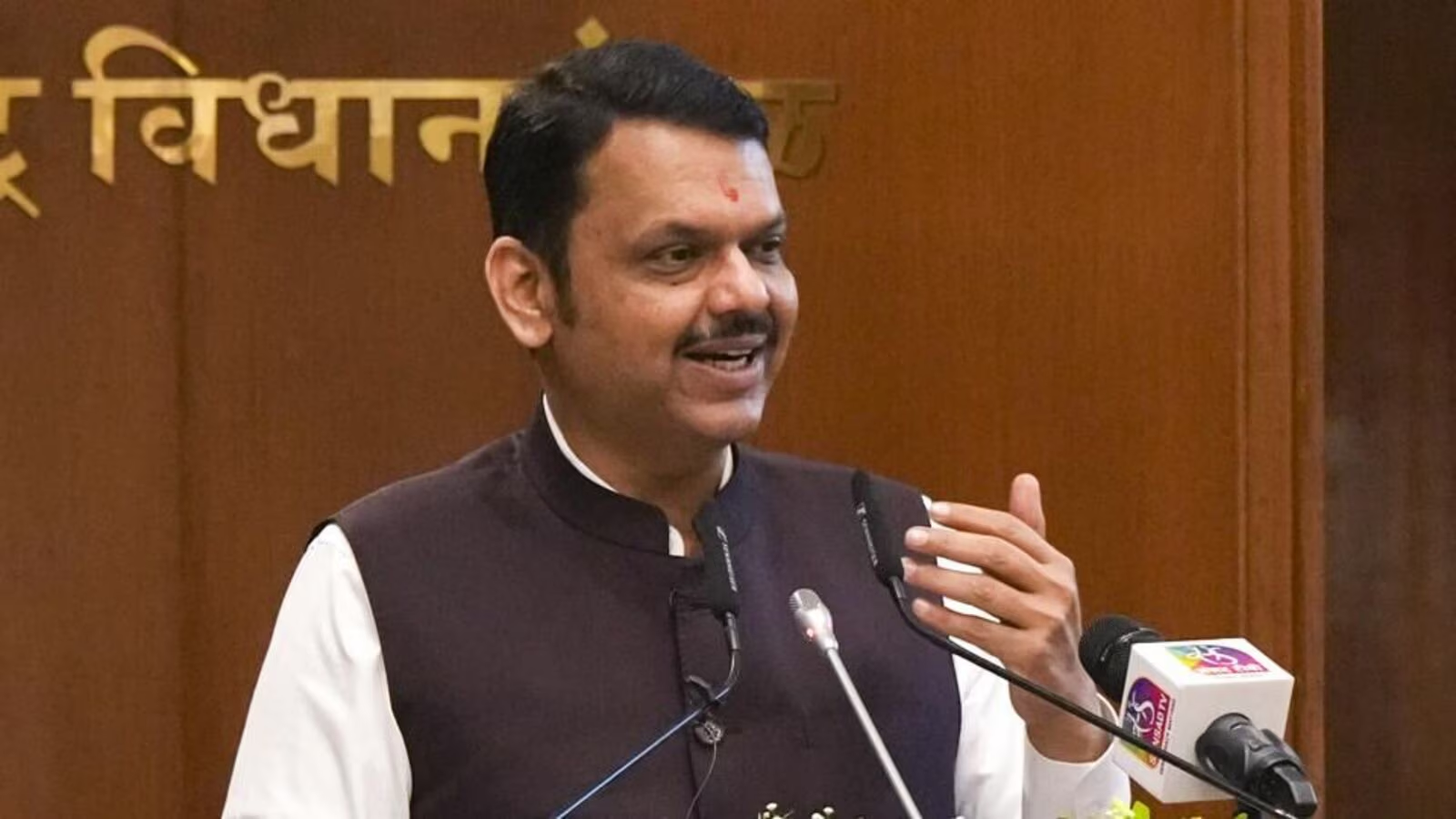Now Reading: India’s Agni-5 Missile Set for Upgrade, May Carry 7,500-kg Warhead for Underground Targets
-
01
India’s Agni-5 Missile Set for Upgrade, May Carry 7,500-kg Warhead for Underground Targets
India’s Agni-5 Missile Set for Upgrade, May Carry 7,500-kg Warhead for Underground Targets

India’s strategic missile programme is preparing for a major leap with plans to enhance the Agni-5 intercontinental ballistic missile (ICBM). The upgrade could enable the missile to carry a 7,500-kg warhead, designed specifically to target fortified underground military installations. This development is being seen as a significant step in strengthening India’s deterrence capabilities amid evolving regional and global security challenges.
What the Upgrade Means
The Agni-5 currently has a strike range of over 5,000 km and can already carry a substantial payload. However, the proposed enhancement in warhead capacity could provide India with the ability to neutralise deeply buried enemy infrastructure — including bunkers, command centres, and missile silos.
This upgrade would not only increase the missile’s destructive potential but also signal a shift in India’s preparedness for modern strategic warfare.
Strategic Relevance in the Region
With growing military tensions in Asia and increasing concerns over hardened targets across neighbouring countries, the need for more precise and powerful deterrents has become critical. Defence experts believe the upgraded Agni-5 could help India maintain a credible second-strike capability, a key part of its nuclear doctrine.
It also comes at a time when other regional powers are rapidly advancing their missile and defence systems, pushing India to ensure technological parity.
Implications for National Security
For India’s defence ecosystem, especially in cities like Hyderabad, Nagpur, and Visakhapatnam where several DRDO and defence production units operate, the move underlines a focus on innovation and readiness. The enhancement would require more robust testing, research, and integration — areas where Tier 2 cities play a crucial role through both manpower and infrastructure.
Moreover, it reinforces India’s position as a responsible yet capable nuclear power, with policies rooted in restraint but backed by strength.
Civilian View: More Awareness, Less Fear
While such defence developments may sound intimidating to the general public, especially in smaller cities, officials maintain that these moves are purely defensive in nature. Public communication around such projects often highlights the importance of strategic preparedness, not aggression.
Analysts also point out that a stronger deterrent often leads to better stability, reducing the chance of misadventures by adversaries.
Conclusion
The proposed upgrade of the Agni-5 missile reflects India’s commitment to safeguarding its national interests in an increasingly complex security environment. As the world watches closely, this advancement signals a clear message — India is focused on peace, but well-prepared for any challenge. For citizens and defence professionals alike, it’s a reminder of the quiet but powerful strides being made in the country’s security backbone.

























